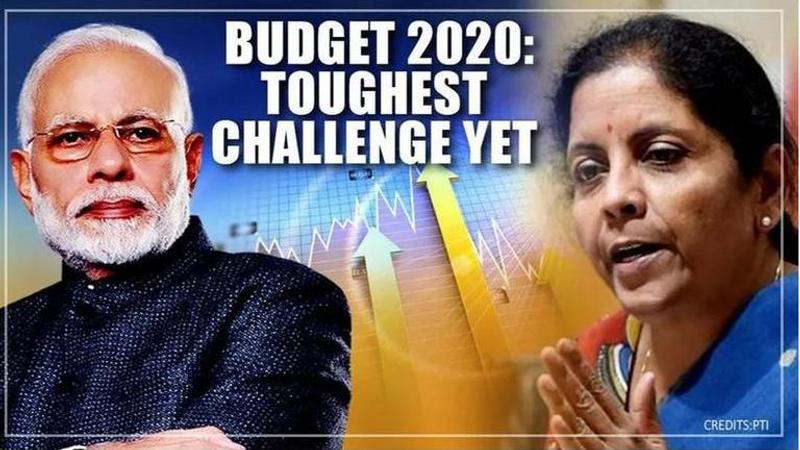Published 14:36 IST, January 29th 2020
Budget 2020 the toughest yet for Modi government? Here are its top challenges
Amid India's slowing economic growth, with the country staring 45-year high on unemployment, Finance Minister Nirmala faces Budget 2020 the toughest since 2014

null | Image:
self
Advertisement
Loading...
14:36 IST, January 29th 2020




